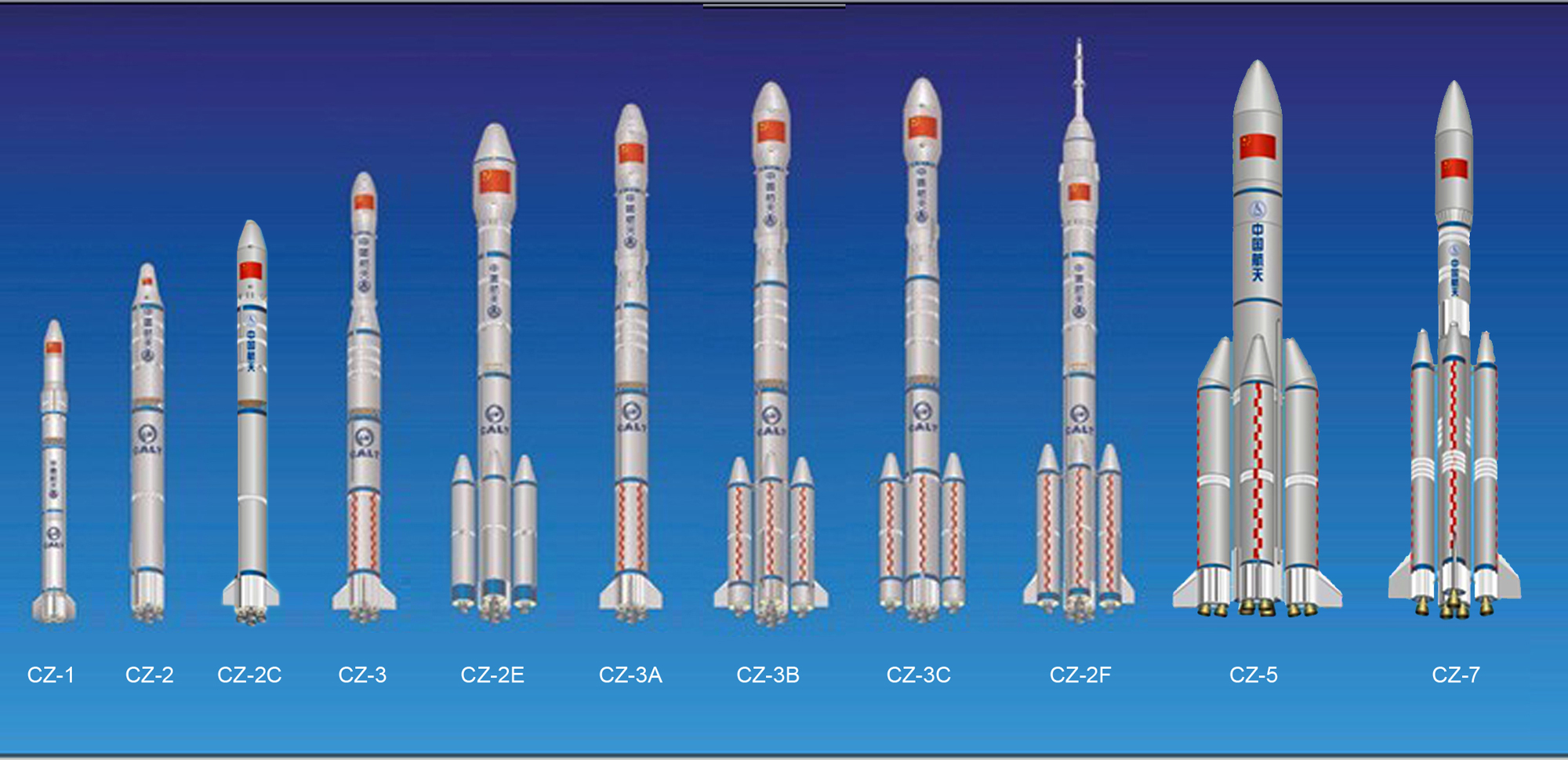China to Test Rocket Reusability With Long March 8 Booster

HELSINKI, Finland – China is developing a Long March launch vehicle with a reusable first stage that could have its trial launch as early as 2020, according to a senior Chinese rocket designer.
Long Lehao of the China Academy of Launch Vehicle Technology (CALT), on April 24 revealed the new plans for the Long March 8 medium-lift launcher at a space industry conference in Harbin, northeast China, an event held to mark China's third national space day.
The Long March 8 was previously expected to be developed as an expendable rocket to fill a gap in launch capabilities, allowing China to launch up to 4.5 metric tons to a 700-kilometer altitude Sun-synchronous orbit, both for government launches and competing in the global launch market.
Huang Jun, a professor at the Beihang University of Aeronautics and Astronautics in Beijing, told SpaceNews that the Long March 8 will adapt existing launcher designs for vertical takeoff, vertical landing (VTVL), similar to the method employed by SpaceX's Falcon 9 rocket.
Huang states that the core of the Long March 8 is based on the existing Long March rockets, using a core very similar to that of the 3.35-meter-diameter Long March 7, a new-generation medium-lift rocket that had its maiden flight in 2016.
The second stage will be based on the 3-meter-diameter liquid hydrogen-liquid oxygen second stage of the Long March 3A.
The rocket will also use two solid propellant boosters, likely based on the Long March 11. While the core, equipped with landing legs as well as grid fins for attitude control, could land following powered descent, the boosters are understood to use parachutes, like the U.S. space shuttle's solid rocket boosters.
Get the Space.com Newsletter
Breaking space news, the latest updates on rocket launches, skywatching events and more!
It is Huang's personal opinion that the YF-100 kerosene-liquid oxygen rocket engines which power the Long March 7 first stage — and thus expected to be on the new Long March 8 — would have undergone a redesign to provide the necessary throttling and restart capabilities, weight and other characteristics, as well as being reusable after recovery.
This is not the first sign that China is looking into recoverable rockets. The China Aerospace Science and Technology Corporation (CASC), the main contractor for China's space program, had previously been known to be testing parachutes for recovery of launch vehicle stages, rather than focusing on the powered descent approach of the Falcon 9.
The Shanghai Academy of Spaceflight Technology (SAST), a launch vehicle developer which like CALT is a subordinate to CASC, last year stated its intention to adapt the Long March 6 to having a reusable first stage in the 2020s. Private company Linkspace, with technological assistance from the state, has carried out scaled tests of VTVL and aims to fly an orbital light-lift launcher around 2020.
Looking to the long term, CASC in late 2017 published a space transportation roadmap, which stated the goal of full reusability for all of its launch vehicles by 2035.
As well as lowering launch costs and increasing competitiveness, landing technology would also help mitigate the problem of rocket debris falling to Earth near populated areas after launch from China's three inland launch centers at Jiuquan and Taiyuan in north China and Xichang in the southwest.
Despite these declared aims and the trailblazing exploits of SpaceX, Blue Origin and others in the United States, there remains scepticism in China as to the potential of reusable launch vehicles to reduce costs.
Lan Tianyi, founder of Chinese space sector consultancy Ultimate Blue Nebula, said that not only would this make China the second space power to develop and deploy a reusable first stage, it would also give more insight into launch cost reductions.
"There is no way to verify SpaceX's claim, as it is the only company that owns the technology, and China has to wait for the moment when it has successfully recycled a rocket to see whether the costs can be lowered," Lan told the English language Chinese newspaper Global Times April 26.
In the same online article, Yang Yuguang, a research fellow with the China Aerospace Science and Industry Corporation, a state-owned missile maker with nascent space launch plans, claimed that, "the pursuit of recycled space transport vehicles that has delayed the U.S. rocket sector, and opened up a precious window for Europe's Ariane rockets and Chinese rockets to take off in the global commercial launch market."
This story was provided by SpaceNews, dedicated to covering all aspects of the space industry.
Join our Space Forums to keep talking space on the latest missions, night sky and more! And if you have a news tip, correction or comment, let us know at: community@space.com.

Andrew is a freelance space journalist with a focus on reporting on China's rapidly growing space sector. He began writing for Space.com in 2019 and writes for SpaceNews, IEEE Spectrum, National Geographic, Sky & Telescope, New Scientist and others. Andrew first caught the space bug when, as a youngster, he saw Voyager images of other worlds in our solar system for the first time. Away from space, Andrew enjoys trail running in the forests of Finland. You can follow him on Twitter @AJ_FI.










